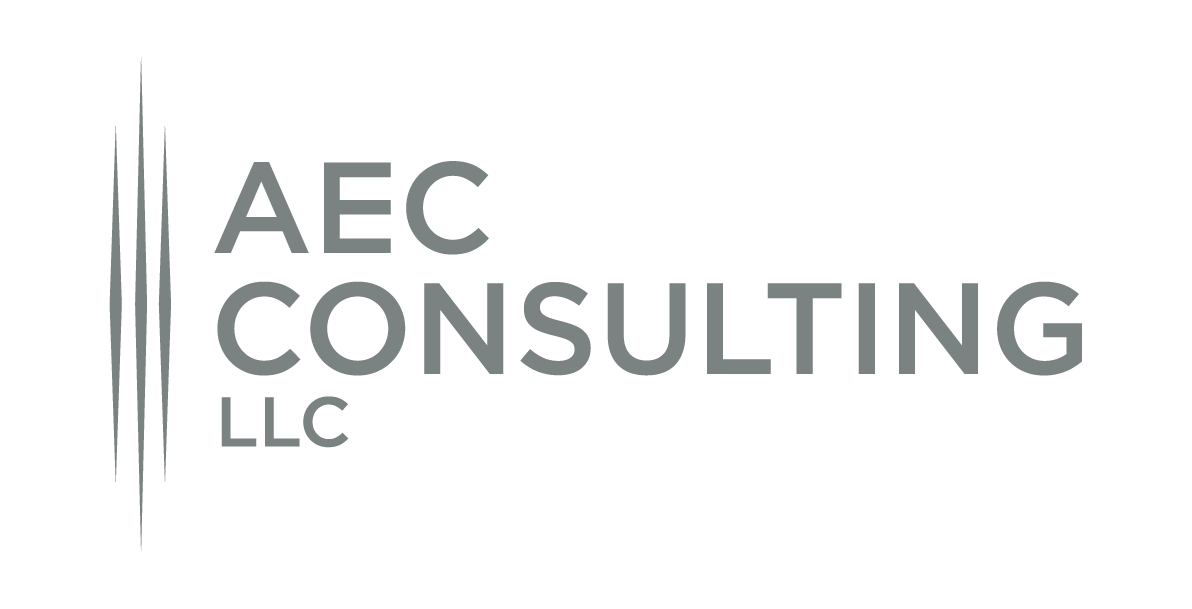Medication Errors in the OR
Medication errors in the operating room (OR) are a critical concern in the healthcare industry, affecting patient safety and outcomes. Proper labeling techniques can significantly reduce the risk of medication errors, which can lead to serious adverse events.
Risks and Impact
Medication errors in the operating room can lead to a range of adverse effects. These risks include allergic reactions, delayed surgery or recovery, prolonged hospital stays, and in severe cases, irreversible harm or death. According to a study published in the Journal of Clinical Anesthesia, medication errors occur in nearly 5.3% of all surgical procedures, highlighting the gravity of this issue.
Causes of Medication Errors
The causes of medication errors in the OR are multifaceted. Key factors include:
Communication Breakdown: Miscommunication between surgical teams, especially in high-pressure situations, can lead to errors.
Lack of Standardization: Variability in drug labeling, packaging, and storage increases the risk of mistakes.
Human Factors: Stress, fatigue, and multitasking can impair the judgment and performance of OR personnel.
Systemic Issues: Inadequate policies or lack of adherence to safety protocols can contribute to medication errors.
Potential Complications
The complications arising from medication errors can be immediate or long term. Immediate complications include anaphylaxis, cardiac arrest, or unintended drug interactions. Long-term complications may involve prolonged recovery, secondary surgeries, or chronic health issues.
Prevention and Education Strategies
Implementing Standardized Protocols: Standardization of medication processes is crucial. This includes uniform labeling, clear communication protocols, and standardized dosages. For instance, color-coded labels for high-risk medications can reduce the likelihood of errors.
Education and Training: Ongoing education and training for OR staff are essential. Simulation-based training, focused on crisis management and error prevention, can prepare staff for real-world scenarios.
Technological Solutions: Incorporating technology, such as barcoding and electronic prescribing systems, can significantly reduce medication errors. These systems ensure the right medication is administered to the right patient in the correct dosage.
Creating a Culture of Safety: Fostering a culture that encourages reporting and discussing medication errors without fear of retribution is vital. This approach helps in identifying potential risks and implementing corrective actions.
Engaging Pharmacists in the OR Team: Involving pharmacists in the surgical team can provide an additional layer of safety. Pharmacists can assist in medication reconciliation, double-check dosages, and provide drug information.
Key Principles of Medication Labeling
Legibility and Clarity: All labels should be clearly written or printed, ensuring that they are easily readable by every member of the OR team. This includes using a font size that is legible from a reasonable distance.
Standardized Format: Adopting a standardized label format across all medications minimizes confusion. This includes consistent positioning of information like the drug name, concentration, and volume.
Inclusion of Essential Information: Every label should include the drug's name, concentration, amount (if applicable), expiration time if not used within 24 hours, and the name of the person who prepared the medication. Avoid using abbreviations or symbols that could be misinterpreted.
Timely Labeling: Medications should be labeled as soon as they are prepared, and before they are transferred to a syringe or other container. This practice helps prevent mix-ups or uncertainties about the medication's identity.
Compliance with Regulatory Standards: Ensure that labeling practices comply with standards set by relevant healthcare regulatory bodies, such as the Joint Commission and the World Health Organization.
Technology Integration: Utilizing technology, like barcode systems or electronic labeling, can enhance accuracy and efficiency. These systems also facilitate tracking and documentation.
Continuous Quality Improvement: Regularly review and update labeling practices based on feedback from OR staff, incident reports, and new guidelines in the healthcare industry.
Conclusion
Medication errors in the operating room are a significant concern that requires a multifaceted approach to address. By understanding the risks, causes, and complications, and implementing prevention and education strategies, healthcare professionals can significantly reduce these errors and improve patient safety.
AEC Consulting LLC specializes as a surgical nursing expert, including pre-, intra- and post-operative patient care. Alexis Chaudron is the owner of AEC Consulting LLC, an independent nurse legal consulting practice through which she provides legal nurse consultant expertise honed through 15+ years of healthcare experience. She is currently clinically practicing as a circulating nurse and provides charge nurse coverage. Alexis is an operating room nurse expert, with a specialty in orthopedic and spine surgeries. Additionally, Ms. Chaudron was trained and worked in Neurosurgical, General, ENT, Plastics, DaVinci, GYN, Cystoscopy, and Pediatric surgical cases.
Alexis provides surgery nurse expert witness services for medical legal cases. She has analyzed medical charts, depositions, declarations and other related documents to ascertain if the nursing standard of care has been met. As an operating room nurse expert, she utilizes nursing textbooks, guidelines and peer reviewed articles and journals to bolster her surgical nursing expertise. Alexis has provided depositions, expert testimony, affidavits and reports as needed depending on case requirements. She has worked for both plaintiffs and defense in medical malpractice and wrongful termination cases.
The initial call is confidential and complimentary. Alexis can discuss your legal issues and how she can best assist your organization.
